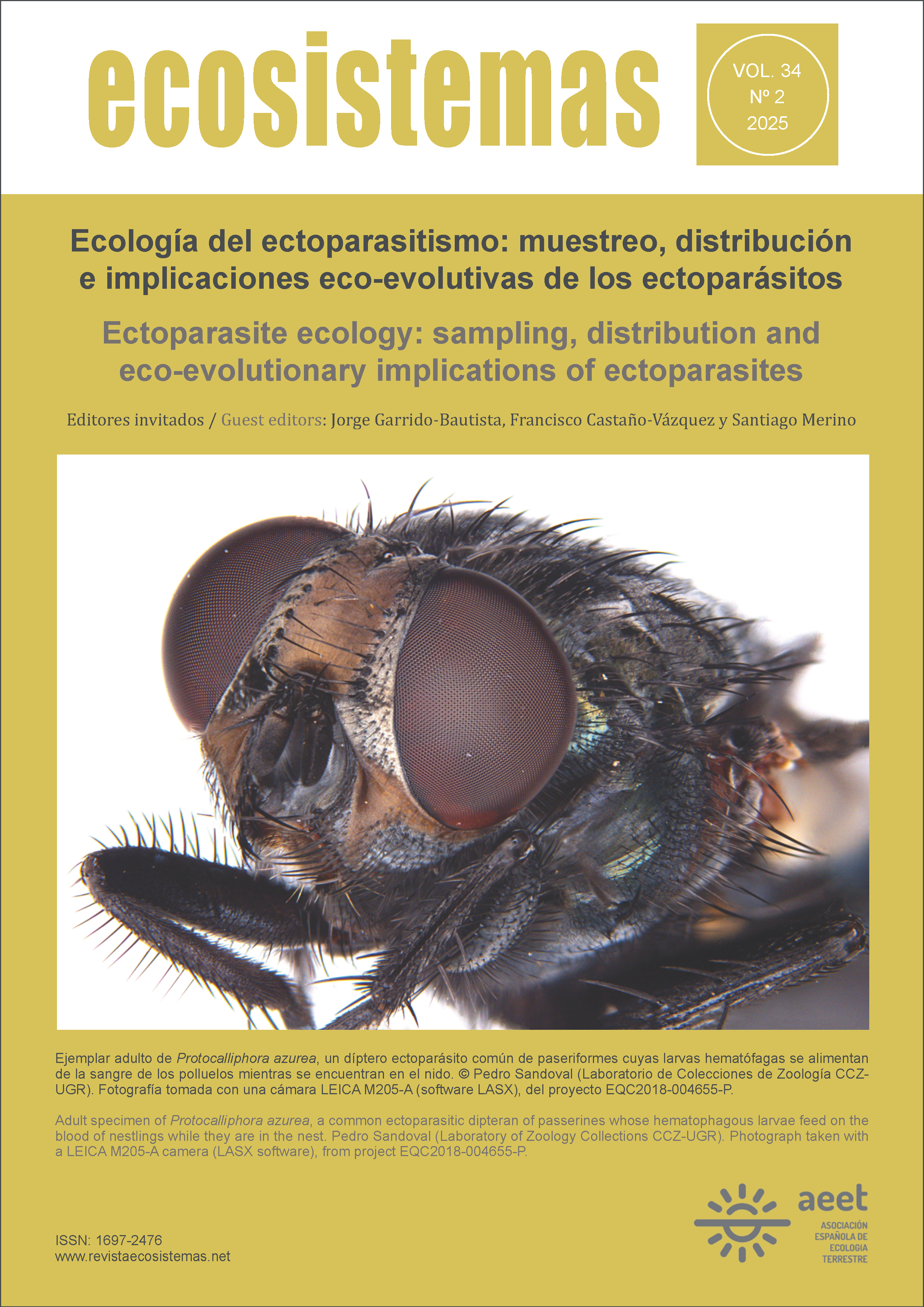Evaluation of genotoxicity induced by some metals present in river waters: A study with Allium cepa in Cesar-Colombia
Main Article Content
Abstract
Anthropogenic activities have a significant impact on aquatic ecosystems in many regions of Colombia. In this study, the genotoxicity of water from two major rivers in the La Loma region of Cesar – the Calenturitas River and the Cesar River – was evaluated using the biological model Allium cepa. Water samples were collected at different points during the dry and rainy seasons, and both macroscopic and microscopic analyses were performed to observe changes in cellular viability after 24 and 48 hours of exposure. Chemical analyses using Atomic Absorption Spectrophotometry revealed the presence of mercury and arsenic in the water, resulting in adverse effects on growth and cell division in A. cepa. Notable findings include a decrease in the mitotic index, formation of micronuclei, and nuclear disintegration, indicative of cell death. Additionally, a significant reduction in root length and in the number of cells completing telophase was observed. These results suggest that the contaminants present in the studied water bodies have a consistent genotoxic and cytotoxic effect, regardless of seasonal variability. The persistence of these contaminants highlights the urgent need for more stringent control measures and further studies on the long-term effects on the region's aquatic ecosystems.
KEYWORDS: Toxicity, pollution, anthropogenic effect, water quality, mitotic index.
Downloads
Article Details

This work is licensed under a Creative Commons Attribution-NonCommercial 4.0 International License.
Accepted 2025-03-27
Published 2025-07-23

